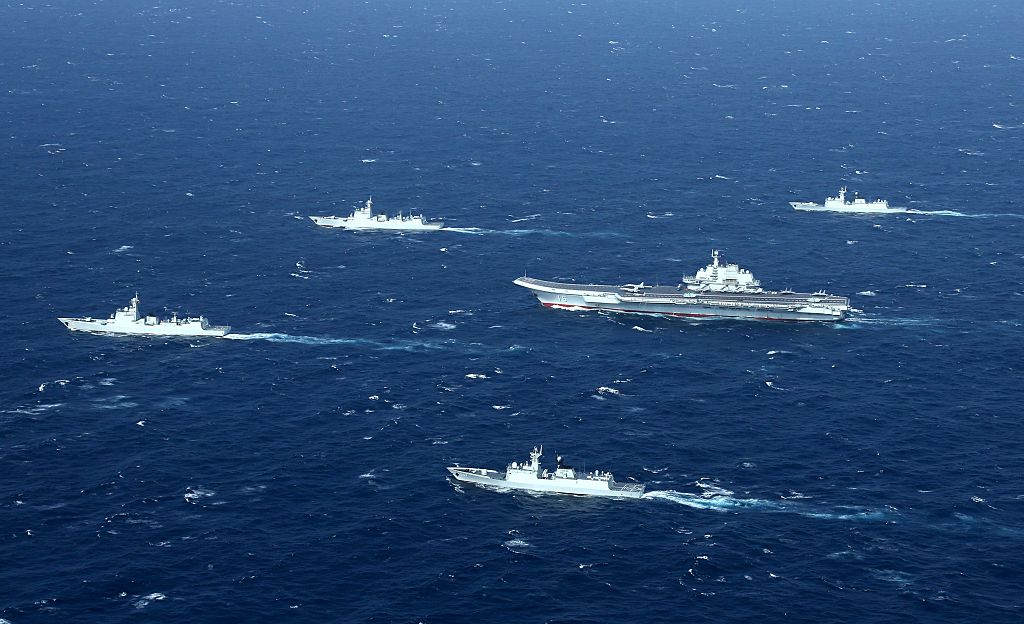
China’s annual national political gatherings, known as the two sessions (‘lianghui’ (两会)), held earlier this month in Beijing, have drawn attention across the international community, in part due to China’s growing military and technological power.
Lianghui consists of two committees: the Chinese People’s Political Consultative Conference (CPPCC) and the National People’s Congress (NPC). Under the Chinese constitution, NPC members at all levels are elected from within the Chinese Communist Party and are responsible for policymaking. The CPPCC is composed of members from within and outside the CCP and is responsible for submitting policy proposals but not policymaking. The process is highly formalised and the NPC is commonly described as a rubber-stamping body by media outside China.
Key policies made by the NPC this year included a decision that further strengthened Beijing’s control over Hong Kong by constraining people’s participation in politics. ‘One country, two systems’ is no longer applicable to the region.
The NPC also delivered the outline of the 14th Five-Year Plan, which lays out the Chinese political agenda for the period from 2021 to 2025 and gives a brief overview of Beijing’s long-range objectives through to 2035. Government news agency Xinhua reported that under the plan, ‘high-quality development’ (高质量发展) is now the theme of China’s socioeconomic growth. Advancing and being independent on technology, for instance, will be the centre of China’s national development strategy. Responding to climate change is also a lynchpin of the plan as China strives to dominate the global renewable energy industry.
The meetings also included the announcement of a 6.8% increase in the national defence budget compared to the previous year, bringing total spending to US$209 billion. To reflect President Xi Jinping’s guideline to the People’s Liberation Army to ‘ensure the political loyalty of the armed forces’, ‘strengthen them through reform, science and technology’ and ‘run them in accordance with law’, the budget increase is to accelerate the pace of modernising the PLA as well as reform military training by establishing a new system for personnel.
The budget increase also indicates that China’s regional security concerns are growing, including cross-strait issues with Taiwan, disputes in the South and East China Seas, and escalating competition with the United States.
It’s important to note that official Chinese figures never reveal total defence spending, so the actual amount is probably considerably higher than US$209 billion. Estimates made by think tanks SIPRI and IISS have significantly exceeded the Chinese government’s published figures in past years.
CSIS analysis highlights that China’s increase in defence spending ‘continues to enable the buildup of its military capabilities that pose a threat to the interests of the US and its allies’, and ‘has shifted the military balance in the region in its favor’.
A key part of this trend is the rapid transformation of the PLA Navy from a brown-water coastal fleet into a blue-water global navy. China is ‘going global’ and seeks to establish a Chinese-led, post-US international order. Having a blue-water navy is seen as vital in this endeavour, and China’s 2015 defence white paper makes this clear.
Sometime in the past five years, the PLAN exceeded the US Navy in its numbers of battle force ships, according to leading China naval analyst Andrew Erickson, with the PLAN deploying 360 ships and expected to reach 400 by 2025. The US Navy, by contrast, has around 300 battle force ships and is aiming for a fleet of 355, though there are no actual timelines for achieving that goal and funding remains uncertain.
Add to this China’s maritime militia—which operates as an effective naval auxiliary force—and the China Coast Guard, and the fleet size doubles. The coastguard includes many former PLAN vessels that have been reallocated to roles parallel to navy operations. China’s new law enabling the coastguard to take a more aggressive posture within the first island chain has increased the military’s capacity for naval and maritime security operations in the near seas.
China’s main strategic areas of interest, centred around Taiwan, are relatively close to the coast and allow support from the PLA Air Force and PLA Rocket Force, giving China some distinct military advantages in this region. These advantages will continue to grow if the United States and its allies don’t act quickly to address the growing quantitative naval gap.
This year’s boost to defence spending means that the Chinese government can continue the rapid build-up of naval capability and also invest in closing remaining qualitative gaps with the US. There are also concerns that China could surge shipbuilding in the lead-up to a crisis, perhaps in the next few years over Taiwan. Erickson argues, ‘In conflict, excess PRC industrial capacity, including additional commercial shipyards, could be quickly turned toward military production and repair, further increasing China’s ability to generate new military forces.’
There seems to be little evidence of a ‘guns or butter’ debate emerging in China. The CCP is determined to pursue prosperity and military power—a ‘rich country with a strong army’—to realise the ‘China dream’. Naval modernisation and expansion are part of this effort, but equally important is the pursuit of advanced technologies that could then lend themselves to new military capabilities and ‘intelligentised warfare’. With the incorporation of such technologies, the PLAN of 2035 is likely to be larger, more powerful and able to exploit new approaches to warfare.

